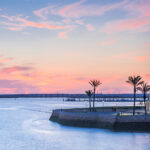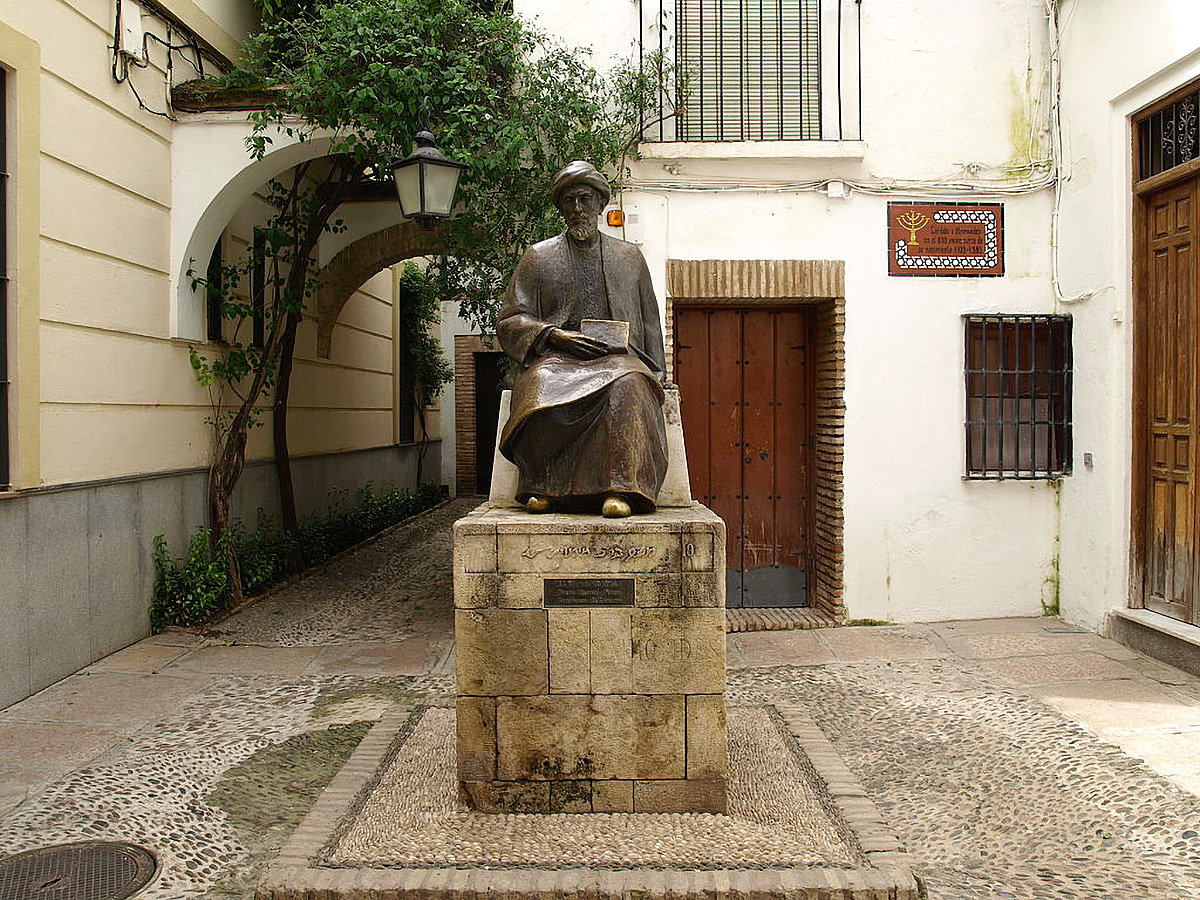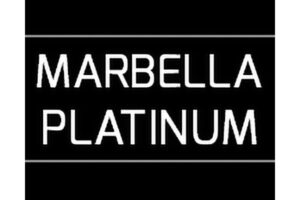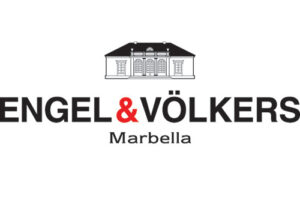The Sephardic community of Spain was once the most populous and prosperous Jewish community in Europe, having harmoniously existed and flourished under both Muslim and Christian rule. It is said that the first Jews arrived in Seville in the sixth century BC and spoke Ladino, a Judeo form of Spanish.
Article by Anastasia Sukhanov

At the beginning Sephardic Jews suffered persecution from the Visigoths, followed by a period of harmony under Moorish rule, during which Jews, Moors and Christians co-existed, respecting each other’s religions and holy days, each with their own skills to offer – Jews were often employed as court envoys or tax collectors. The medieval Hebrew poetic revolution, Sephardic explorations of philosophy and science, and their creation of monumental legal codes were all products of the co-existence of the three cultures in one territory. President Obama even made examples of the region during his speech at the University of Cairo back in 2009: “Islam has a proud tradition of tolerance. We see it in the history of Andalusia and Cordoba”. However, by the end of the 15th century, Jews had been forcibly converted or expelled from Spain.
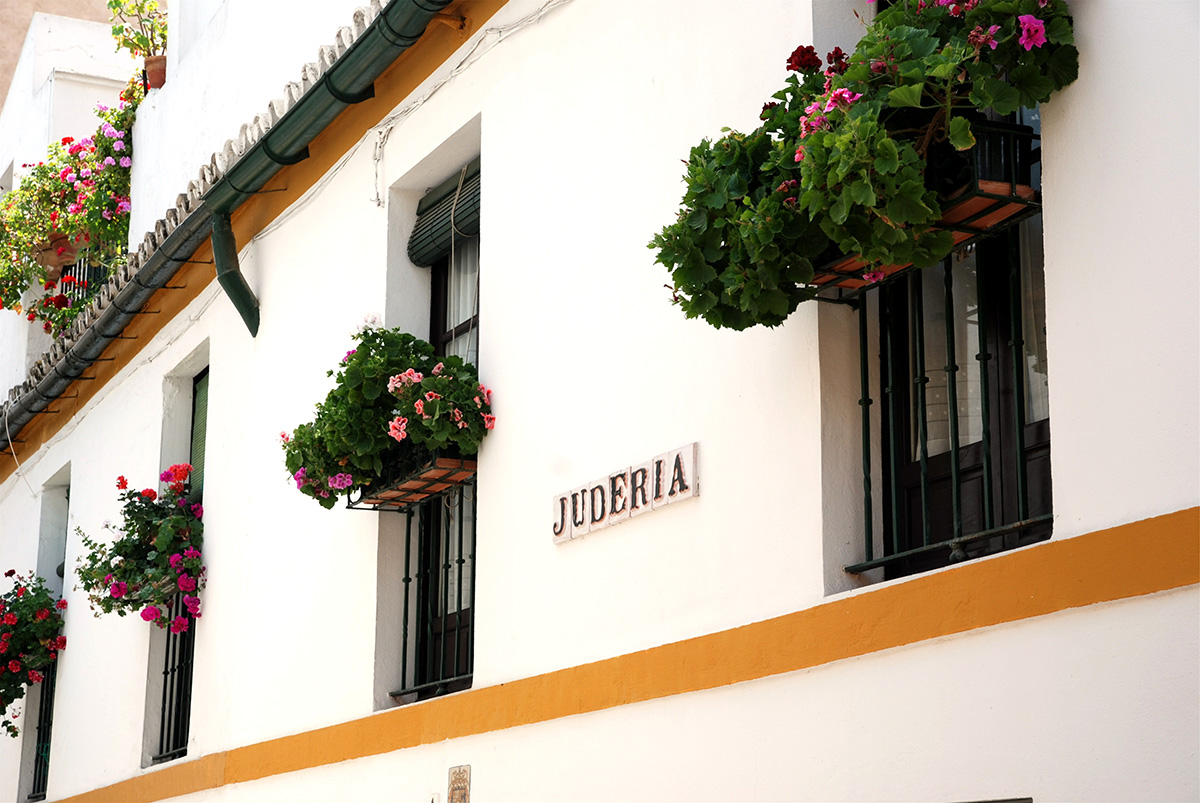
With Muslim and Christian legacy clearly on display all over Spain, its Jewish heritage is still somewhat toned down. However, spectacular synagogues remain intact and open for visits in Toledo and Barcelona welcomes thousands of tourists to its trendy Jewish quarter and hosts the annual Jewish Cinema Festival. At the same time Andalucía, being the cradle of Jewish culture in Spain and an inspiration for the global Jewish community, could be seen from a different point of view thanks to the remaining traces Jewish of history. One might have to be read between the lines and look more attentively than you would have to do for other cultural references in Spain, but the effort is worth it.
Córdoba

Over the centuries Andalucía and its capital, Córdoba, has become synonymous with the emergence of “Sepharad” as a definable entity in Jewish history. It is closely associated with the beginnings of revolutionary experimentation in new forms of Jewish self-expression and the appearance of a new Jewish personality, one at home equally in Torah and secular culture. Jews branched into astronomy, cartography, medicine and mathematics, philosophy and Hebrew and Arabic philology, and poetry.

To get a snapshot of Jewish Córdoba, you must start at the Synagogue built in 1314, a beautiful Mudejar building nearly perfectly preserved. It’s the only synagogue in Spain from that time that has not been turned into a Christian place of worship. Explore the Jewish Quarter including Almodovar Gate or ‘Gate of the Jews’ as it is known locally and the monument to the great Jewish doctor and philosopher, Maimonides. He tried to show that the philosophy of the ancient Greek thinker, Aristotle, and Judaism actually supported each other. Maimonides’ main philosophical work was called The Guide for the Perplexed and following its publication almost every philosophic work for the remainder of the Middle Ages cited, commented on, or criticized Maimonides’ views.
A good stop to make would be Casa Sefarad, a cultural project concerned with Judeo-Spanish culture, history and traditions with a unique collection and cultural activities to disseminate the rich legacy of the Sephardic tradition. The exhibition on Sephardic food surprises most contemporary Spaniards who don’t know that staples such as ‘cocido’ stew is of Jewish origin.
Sevilla
Although Seville is best known for its Moorish and Christian roots, you’ll find the Jewish influence to be evident – it was the largest Jewish community in Spain after Toledo. The former Jewish Quarter encompasses the barrios (neighbourhoods) of Santa Cruz, Santa María la Blanca and San Bartolomé and these are the streets you’ll want to explore with the help of a private guide if possible.
The Santa Cruz Square was the location of the old synagogue that became a Christian church after 1391 and destroyed in 1811. From here, one could visit the former synagogue-church of Santa Maria la Blanca – built in 1252 – the current church was built in the Baroque style in 1662. The church of San Bartolome survived the fate of the previous two synagogues in the late 14th century but by 1490 was remodelled.

Granada
Granada is famous for its exquisite UNESCO-listed Alhambra, a complex of Moorish palaces built around courtyards of flowering trees, pools and fountains. Although it is one of Spain’s most exciting, sensual and romantic of World Heritage sites, it was also the location for the signing of the Alhambra Decree that called for the expulsion of Spain’s Jews in 1492.

The Jewish quarter in Granada is a testament to how the community’s life was at the time: full freedom and prosperity. A great example of this is a Jewish refugee from Cordoba becoming a top ranking general in Granada’s Muslim army. More stories like this can be explored at the Sephardi Museum of Granada, which hosts events such as concerts and gastronomy evenings. The Palace of the Forgotten (Palacio de los Olvidados), a new privately-run Sephardic Museum that opened recently, also offers an insight into the Jewish life of the region.
Lucena

Between Granada and Cordoba is the small city of Lucena (Eliossana in Hebrew, meaning “God Save Us”) which was known as the City of the Jews as it was almost exclusively inhabited by Jews between the 9th and 12th centuries. The Jews of Lucena had lived peacefully, increasing greatly in number after 1066 when many Jewish families sought safety from the persecution in Granada. This migration carried on into the late 15th and 16th centuries when families of converts moved here. A fascinating discovery was made in the last century when a Jewish cemetery dating back to the 10th century was discovered and almost 400 tombs were revealed. A conference is held in Lucena every December to commemorate the city’s Jewish legacy (and the re-internment of those graves in 2011) has guided tours of the city, workshops, talks and music.


